-
Betty Parsons - Artist, Dealer & Collector
Who championed Abstract Expressionism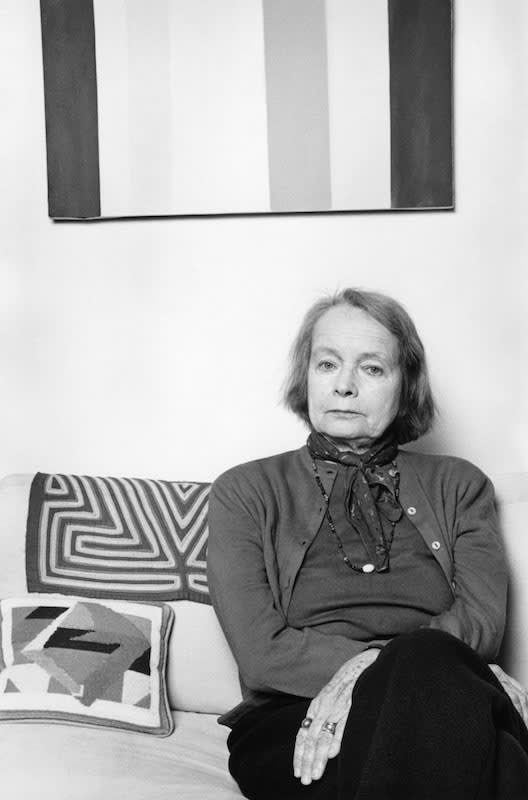 Betty Parsons ©Lynn Gilbert 1977Betty Parsons was a notable figure in the art world, particularly in the mid-20th century. She was an American artist, art dealer, and collector who played a significant role in promoting and supporting contemporary art and artists.
Betty Parsons ©Lynn Gilbert 1977Betty Parsons was a notable figure in the art world, particularly in the mid-20th century. She was an American artist, art dealer, and collector who played a significant role in promoting and supporting contemporary art and artists. -
Jean-Michel Basquiat
The Street Alchemist - Transforming the Mundane into Masterpieces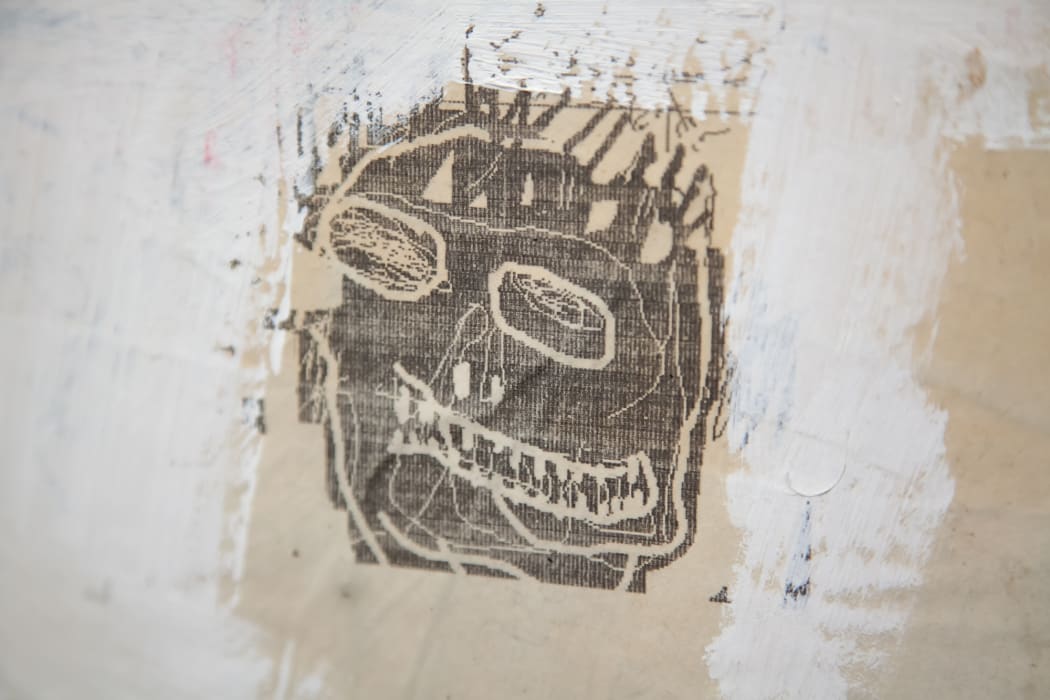 Detail Shot - Jean-Michel Basquiat - Untitled (1981)In the annals of contemporary art, few have challenged the status quo like Jean-Michel Basquiat. His work, a complex tapestry of thought and emotion, used the city as its canvas, transforming everyday objects into profound statements of socio-political commentary.
Detail Shot - Jean-Michel Basquiat - Untitled (1981)In the annals of contemporary art, few have challenged the status quo like Jean-Michel Basquiat. His work, a complex tapestry of thought and emotion, used the city as its canvas, transforming everyday objects into profound statements of socio-political commentary. -
Riding Through History
John Baldessari's Equestrian (Flesh) in Brackets with Orange Showdown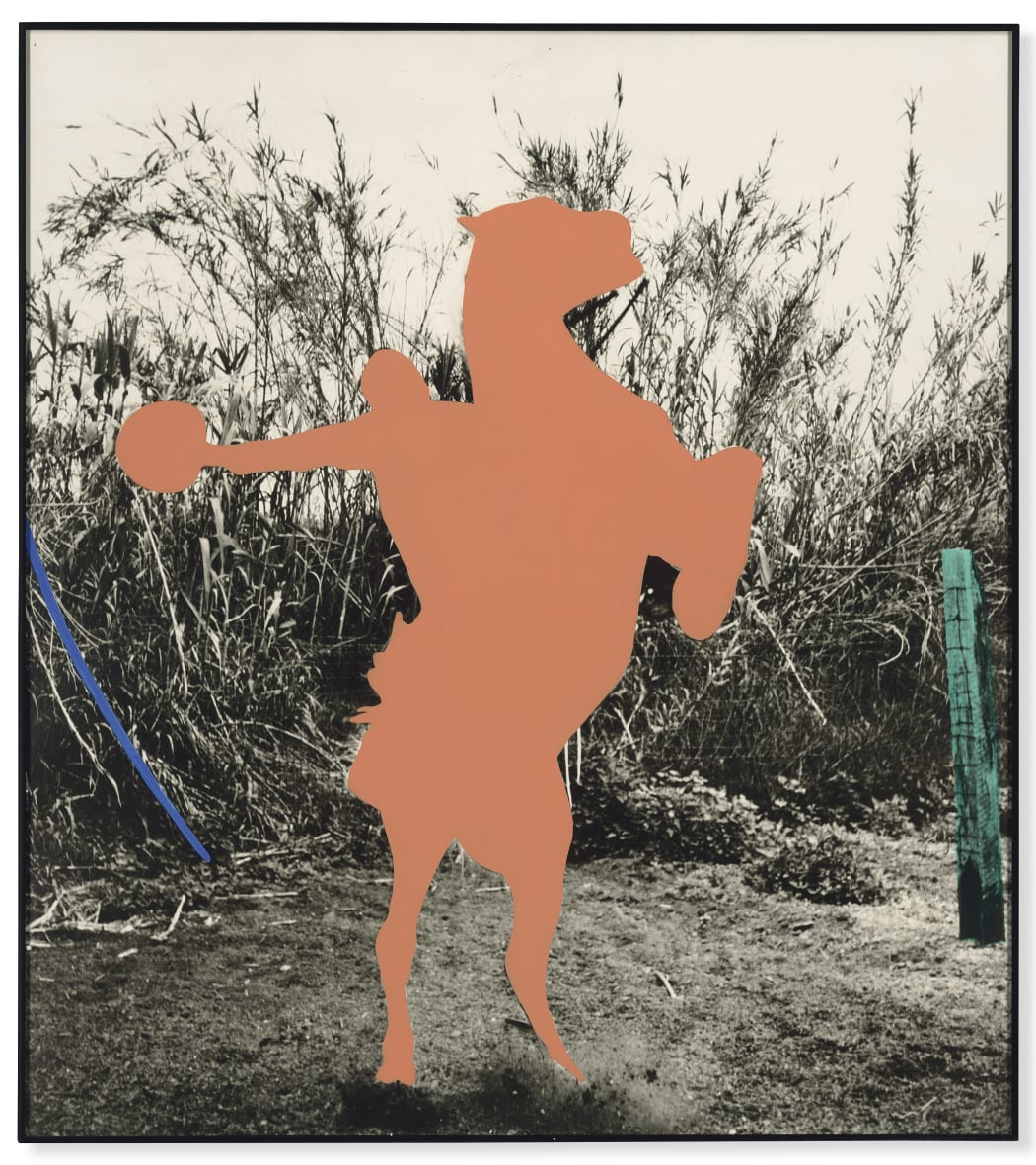
The American West has long captured the imagination of artists, writers, and filmmakers, with cowboys and horses serving as iconic symbols of rugged individualism, adventure, and freedom. These enduring themes have found their way into the world of art, where they have been celebrated, critiqued, and reimagined by countless artists. In this blog post, we delve into the rich history of cowboys and horses in American art, focusing on the innovative work of John Baldessari and his contribution to this timeless theme.
-
When Art Met Fashion
Anna Wintour's Iconic 1983 Pairings Revisited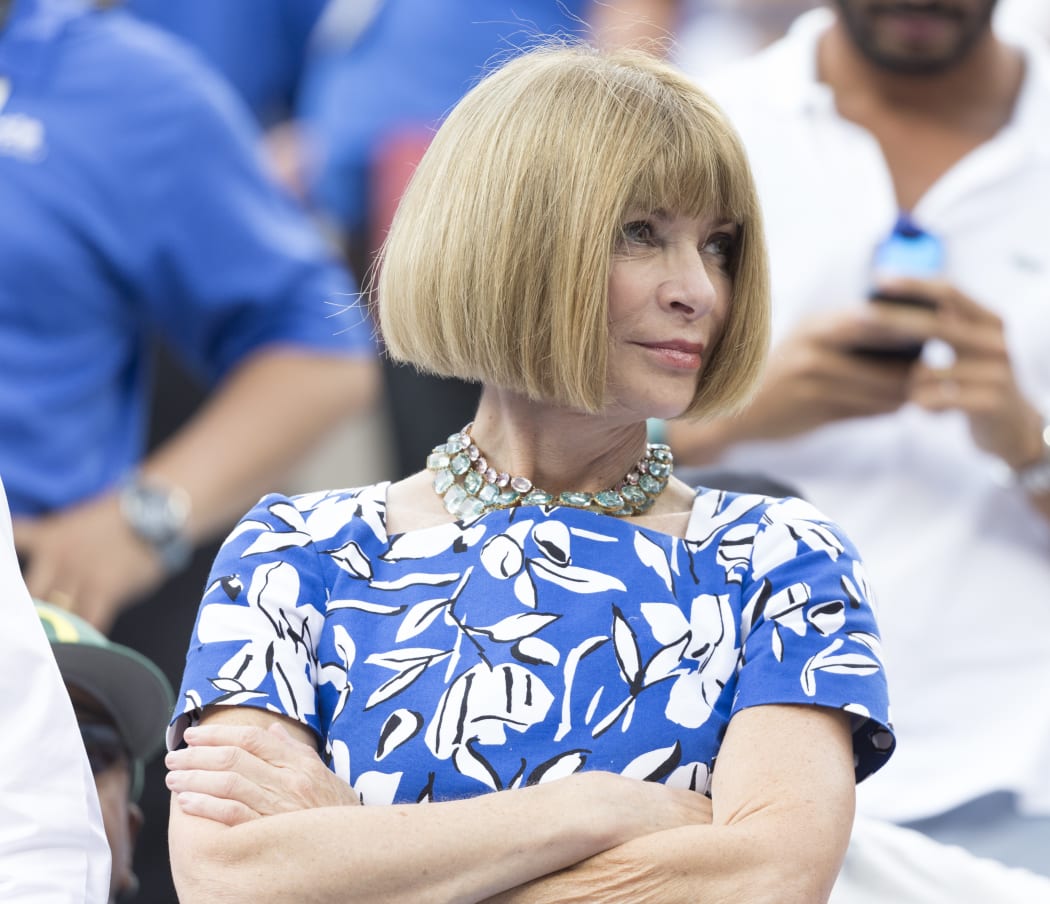
In the vibrant world of fashion and art, some moments stand out as game-changers. One such groundbreaking moment occurred in August 1983 when Anna Wintour, the iconic editor-in-chief of Vogue, made waves by bringing together the realms of art and fashion in a remarkable feature for New York Magazine.
-
Everyday Objects as Art
Rauschenberg, Basquiat, and Johns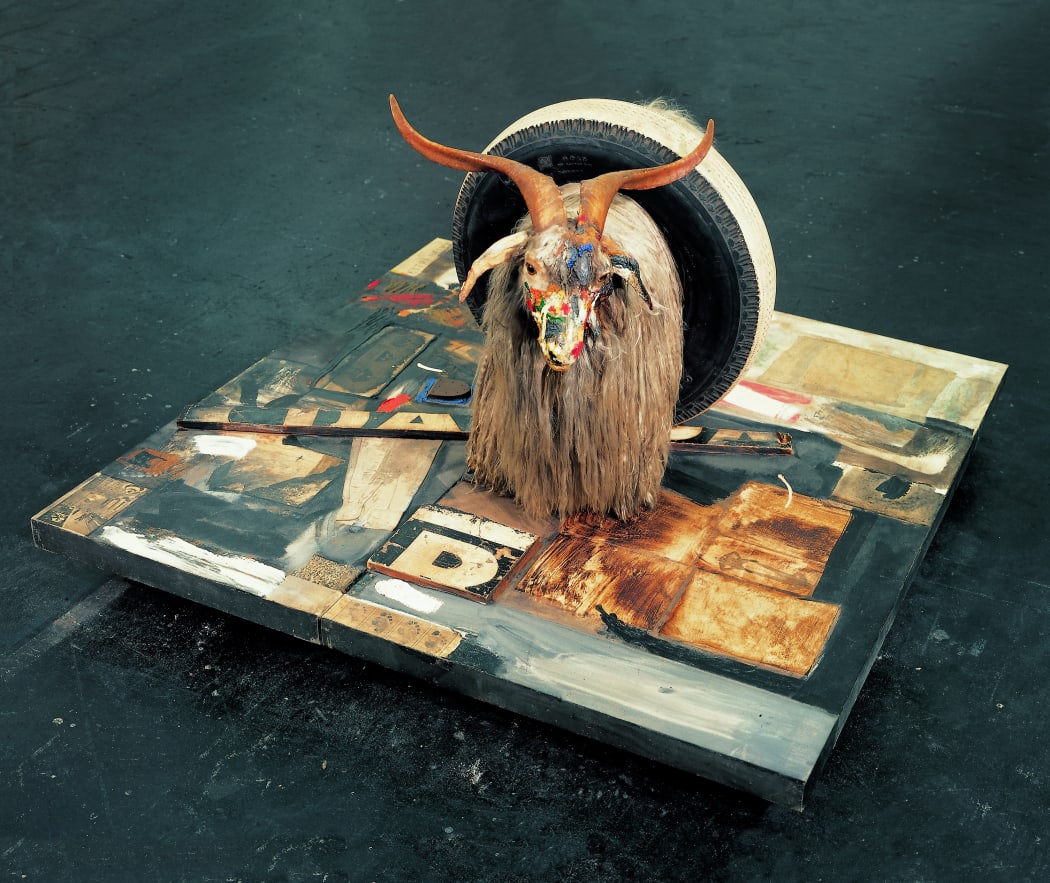 Robert Rauschenberg - Monogram, 1955-59. (c) Robert Rauschenberg Foundation. RRF Registration' 59.024Art has a unique power to transform the ordinary into something extraordinary. Some artists masterfully harnessed this ability by incorporating everyday objects into their works. In this exploration, we will delve into the artistic innovations of three iconic figures: Robert Rauschenberg, Jean-Michel Basquiat, and Jasper Johns. Each artist had a distinctive approach to utilizing everyday objects in art, challenging traditional artistic conventions, and reshaping the boundaries of what could be considered art.
Robert Rauschenberg - Monogram, 1955-59. (c) Robert Rauschenberg Foundation. RRF Registration' 59.024Art has a unique power to transform the ordinary into something extraordinary. Some artists masterfully harnessed this ability by incorporating everyday objects into their works. In this exploration, we will delve into the artistic innovations of three iconic figures: Robert Rauschenberg, Jean-Michel Basquiat, and Jasper Johns. Each artist had a distinctive approach to utilizing everyday objects in art, challenging traditional artistic conventions, and reshaping the boundaries of what could be considered art. -
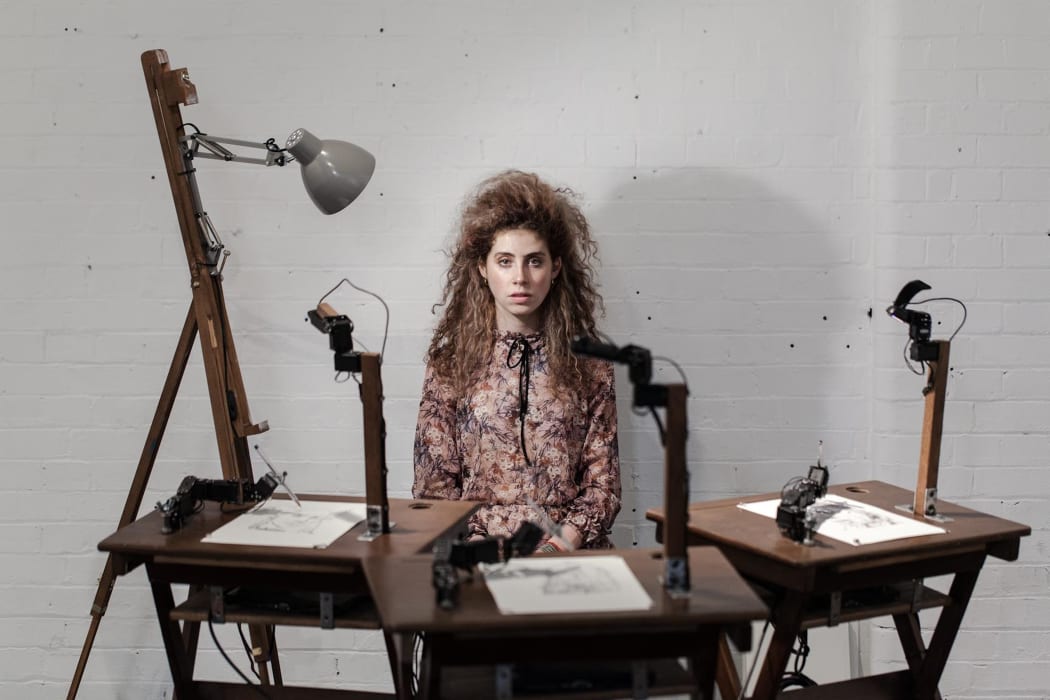 Patrick Tresset, Human Study #1 3RNP, Merge Festival 2018. Photo by tommo.
Patrick Tresset, Human Study #1 3RNP, Merge Festival 2018. Photo by tommo. -
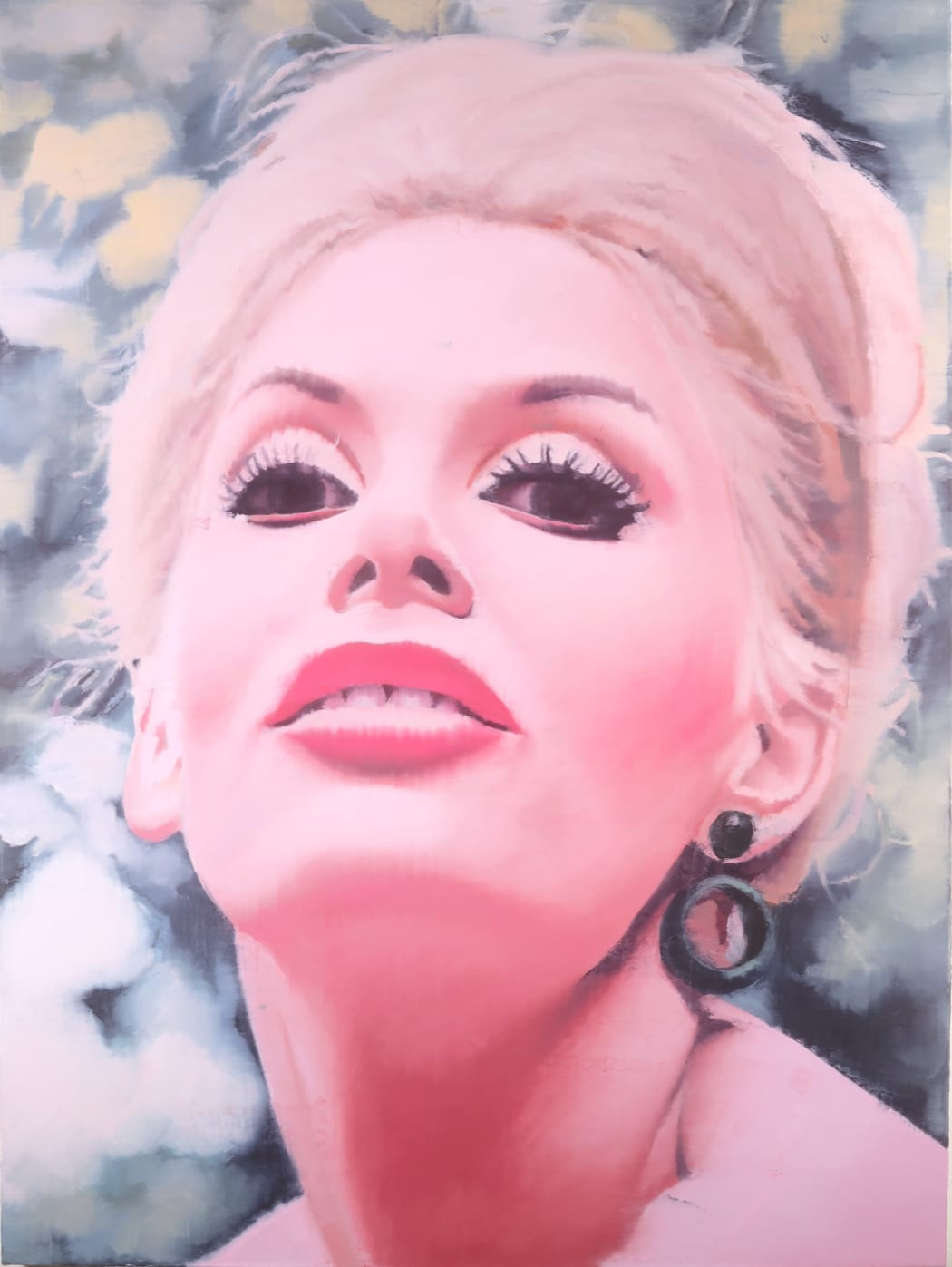 Nathan Ritterpusch, Try Asking Someone Who Cares #4, 2022The paintings let us develop a personal, intimate connection with the depicted figure, allowing us to reflect on our own feelings. It is about a game of offensiveness and attraction, about individual repression, and borderless desire. Not the feelings that are carved into the faces of the depicted are important, but the game of feelings which the viewers experiment as they explore the works. Thus arises a duality between fleshiness and spirit, self-reflection, and objectiveness.
Nathan Ritterpusch, Try Asking Someone Who Cares #4, 2022The paintings let us develop a personal, intimate connection with the depicted figure, allowing us to reflect on our own feelings. It is about a game of offensiveness and attraction, about individual repression, and borderless desire. Not the feelings that are carved into the faces of the depicted are important, but the game of feelings which the viewers experiment as they explore the works. Thus arises a duality between fleshiness and spirit, self-reflection, and objectiveness. -
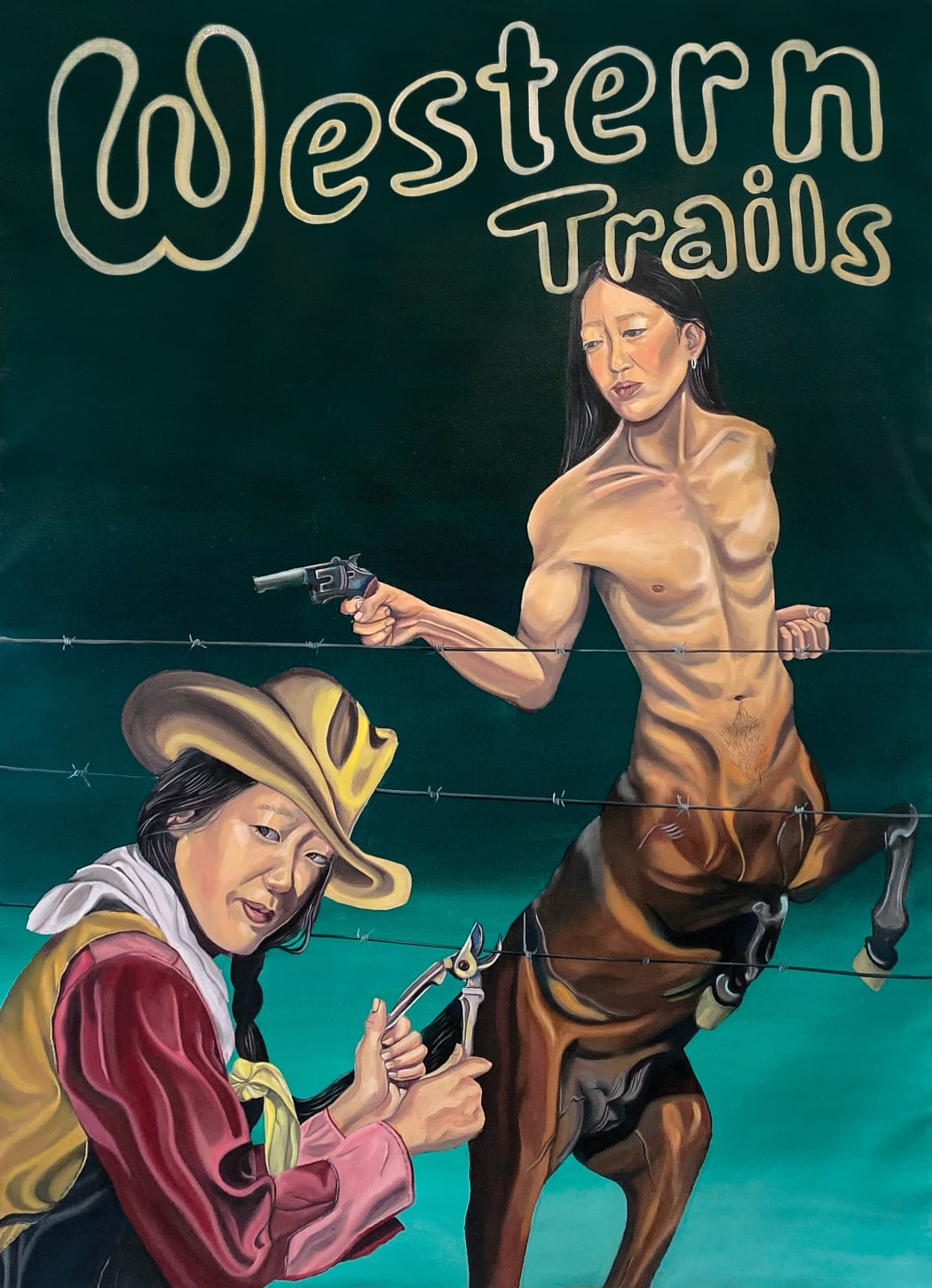 stephanie mei huang, green requiem for my self iii, 2022
stephanie mei huang, green requiem for my self iii, 2022 -
stephanie mei huang reading from "how to hobble a young horse"
Text by: A.C. Smithstephanie mei huang is reading from "how to hobble a young horse". This catalogue was published on the occasion of the exhibition stephanie mei huang: how to hobble a young horse at PULPO GALLERY on view from July 16th until August 28th, 2022. Text by: A.C.Smith. -
stephanie mei huang reading from "how to hobble a young horse"
Text by: Arne de Boeverstephanie mei huang is reading from "how to hobble a young horse". This catalogue was published on the occasion of the exhibition stephanie mei huang: how to hobble a young horse at PULPO GALLERY on view from July 16th until August 28th, 2022. Text by: Arne de Boever. -
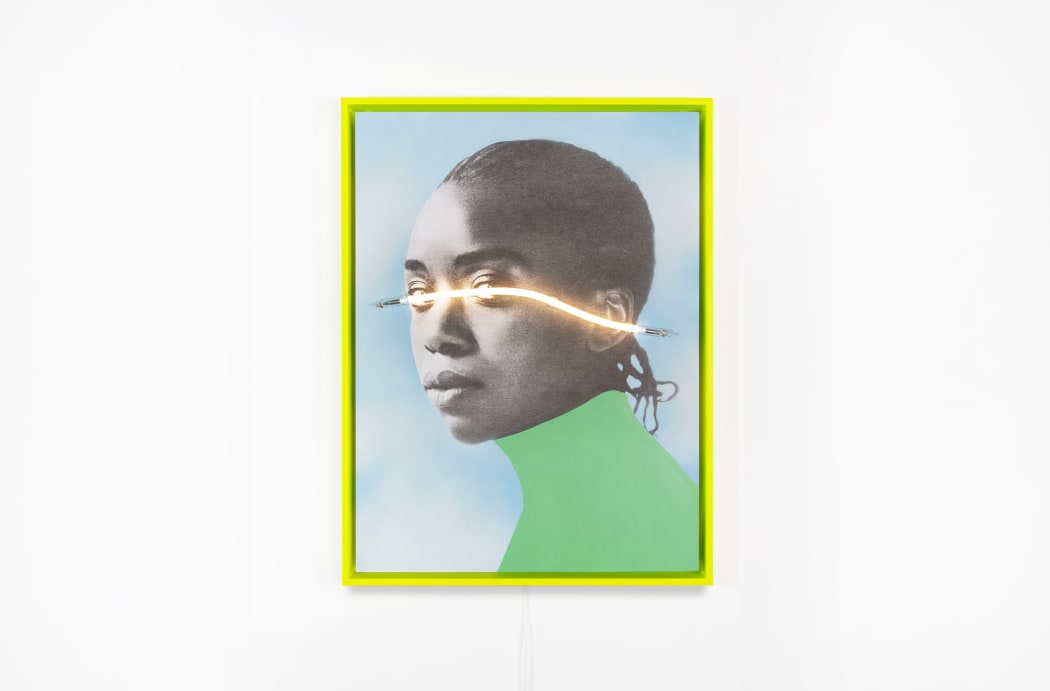 Javier Martin, Blindness Entre el cielo y lo fluorescente, 2021.
Javier Martin, Blindness Entre el cielo y lo fluorescente, 2021.In this incredible powerful artwork of Javier Martin called “Entre el cielo y lo fluorescente” we see a serene, seductive model whose eyes have been covered up by a blending neon stripe.
-
 Javier Martin, Bindness In the clouds, 2021.
Javier Martin, Bindness In the clouds, 2021.The small-format work by Javier Martin "In the clouds" from 2021 shows us a portrait, the eyes look directly at the viewer. Confident and challenging at the same time.
In this work, the blue luminous stripe acts as a filter, it facilitates the view, as if through sunglasses. With a technical trick, Javier Martin uses instead of the neon lights an argon light and leaves it to the viewers whether they want the direct eye contact or not.
-
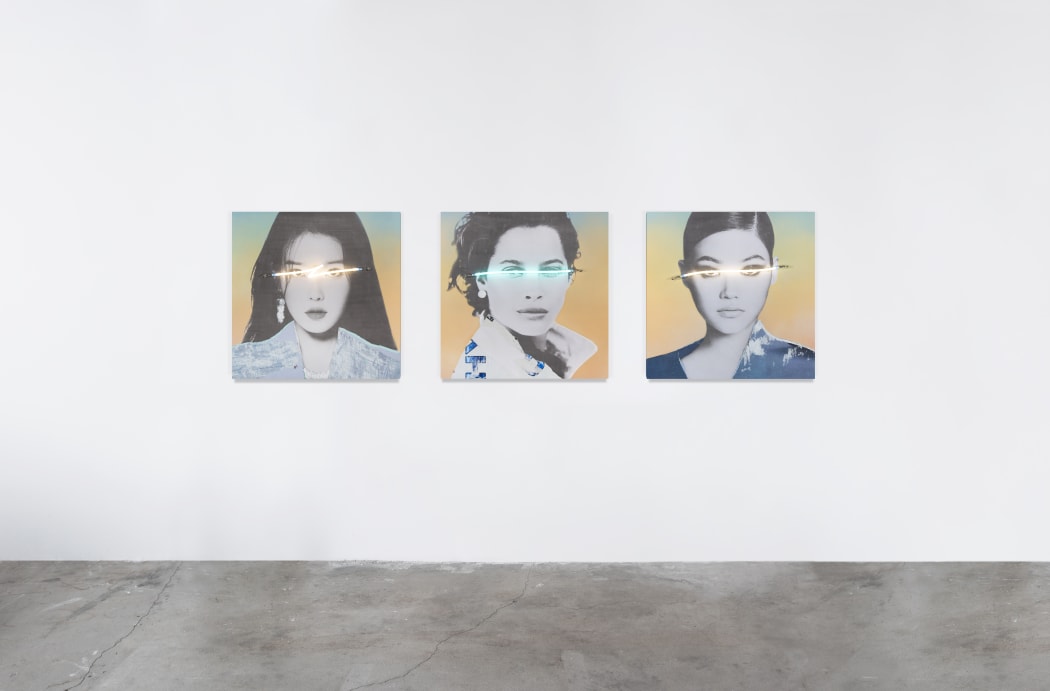 Javier Martin, Timeless light 1, 2, 3.
Javier Martin, Timeless light 1, 2, 3.Three beauty ideologies, all three with fine neon stripes on their eyes. This Triptych called “Timeless Light” by Javier Martin shows collages that have been carefully attached to the wooden panel. The models stand as allegories for beauty, delusion, and advertising.
-
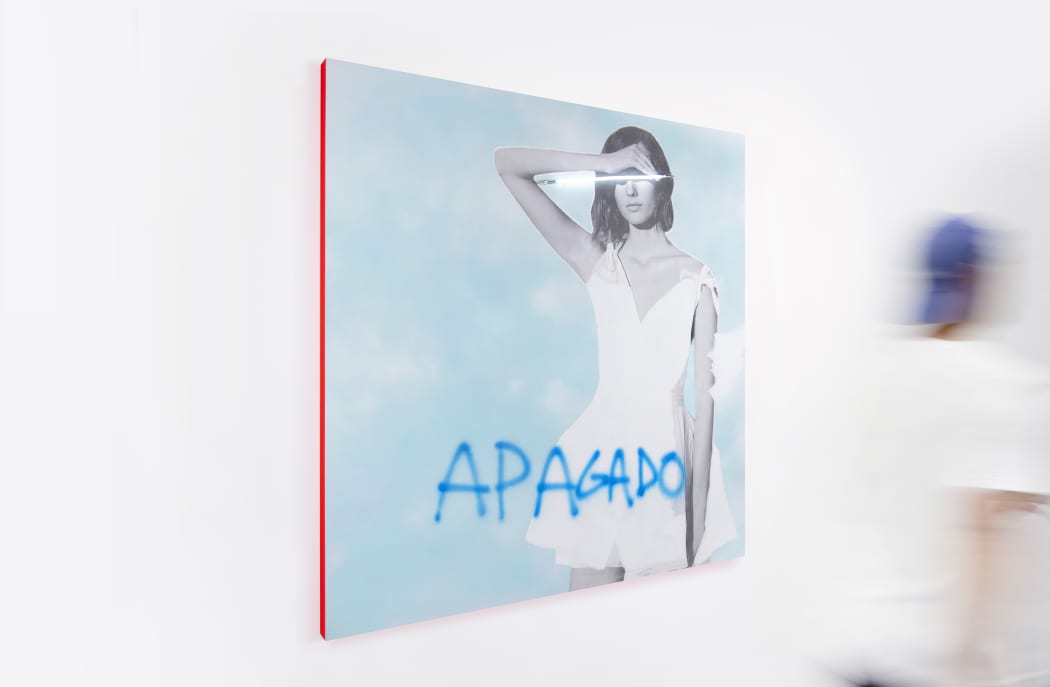 Javier Martin, Blindness Apagado, 2021.
Javier Martin, Blindness Apagado, 2021.A woman in a white summer dress, standing in glistening sunlight, looking towards the horizon, with absolute determination and wonderful self-confidence. She sees her goal in front of her, is aware of its attainability and does not allow herself to be distracted or blinded.
-
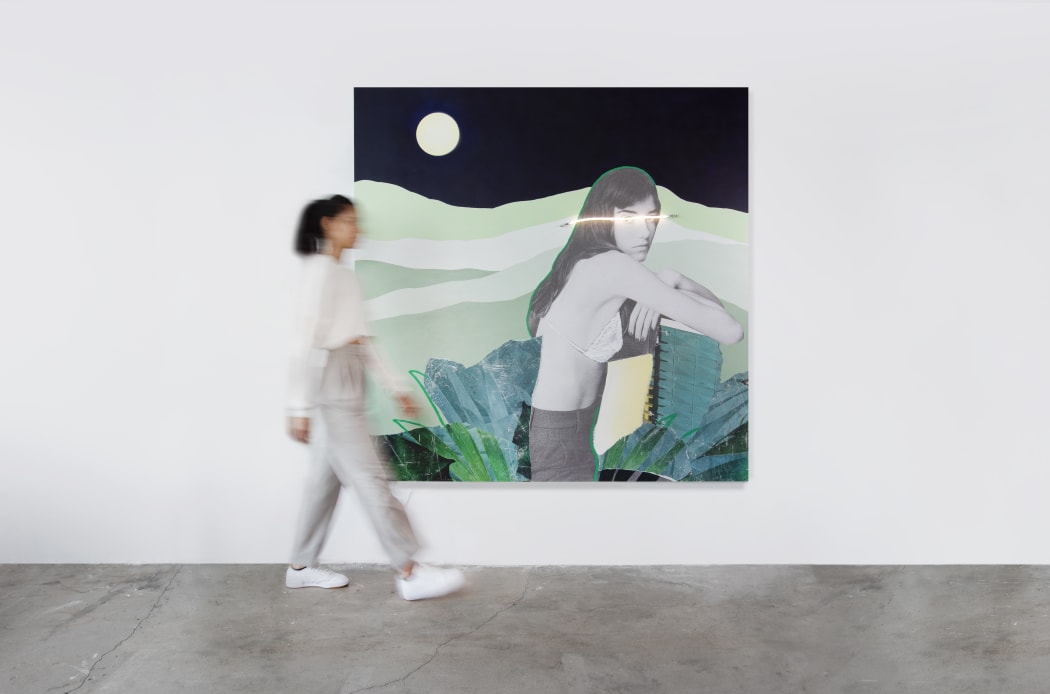 Javier Martin, Blindness Between the moon and the lies, 2021.
Javier Martin, Blindness Between the moon and the lies, 2021.A full moon, majestic mountain ranges and a pitch-black night sky - Martin closes the viewer's journey throughout the day with the depiction of the night in “Blindness Between the moon and the lies”.
With 2 x 2 meters, this collage is one of his biggest works to date. For each of his artworks, he imagines the depicted models within an individually created world filled with light and landscape elements. Unlike his typical close-up portrait compositions, in this case, he uses the space to show the viewer the landscape in which he places his main figure.
-
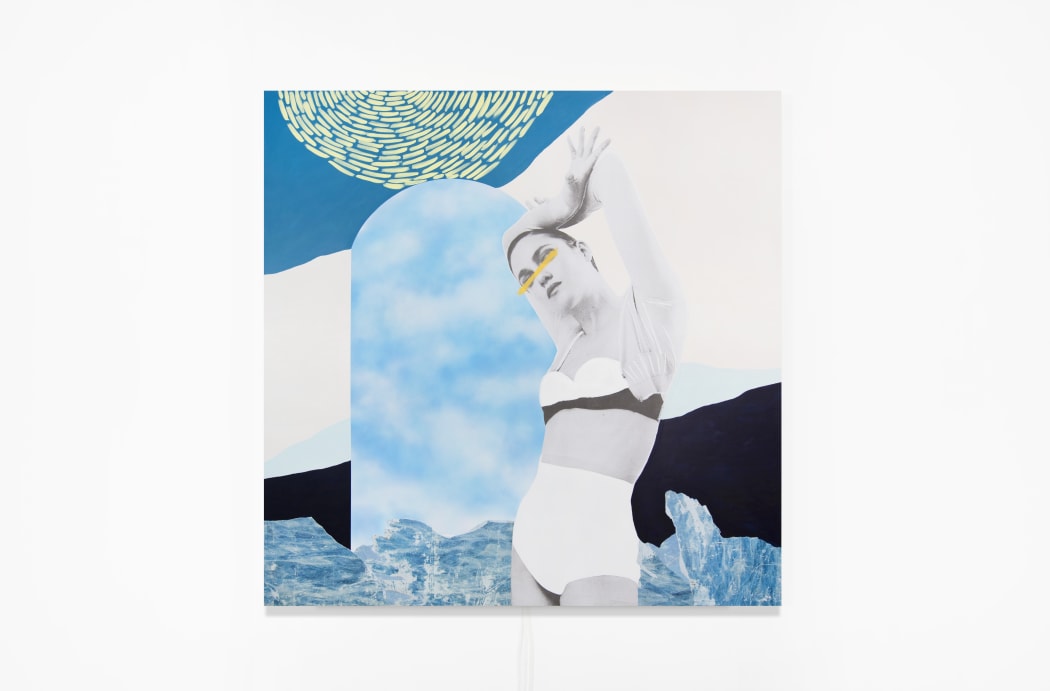 Javier Martin, Blindness Inner Door, 2021.
Javier Martin, Blindness Inner Door, 2021.On the occasion of Javier Martins exhibition “Lights Appropriation”, we take a closer look at "Blindness Inner Door" and the meaning of natural light.
-
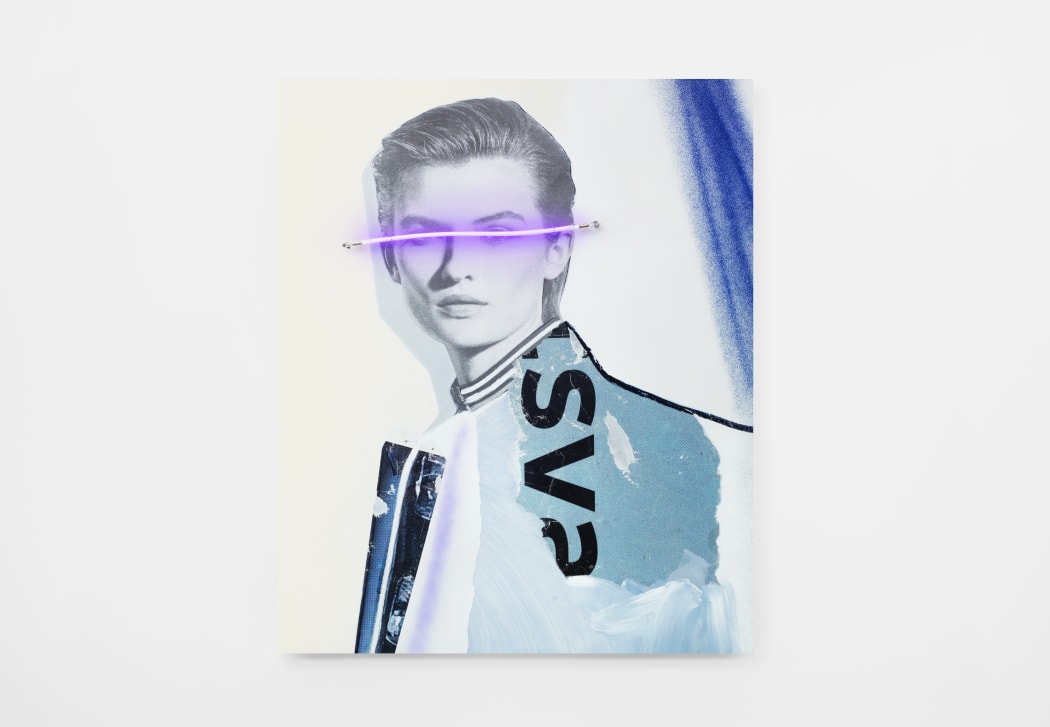 Javier Martin, Blindness SVA, 2021.
Javier Martin, Blindness SVA, 2021.“SVA” – Three letters that can stand for so many things.
Welcome to PULPO’s Spotlight series. One of the first paintings we see when entering Javier Martin’s current exhibition, is the work behind me. The title “SVA” gives us an immediate clue to the hidden message behind this collage. Martin takes the viewer on a journey to the world of advertising.
-
 Javier Martin, Blindness Entre el cielo y lo fluorescente, 2021.
Javier Martin, Blindness Entre el cielo y lo fluorescente, 2021.At this stage of his 15-year process of creating the iconic Blindness collection, Javier Martin presents a continuation of this series: it concerns the appropriation of light, the struggle and contraposition of natural, artificial, and reflected light, and the visual definition of the complex characteristics of light.
Within the beauty of the seductive models lies the falseness per se: these women have been taken out of their world context of spotlights and placed as illusions for the viewer between idyllic landscapes and cold neon lights. They are portrayed as serene, often exotic and belonging to almost all beauty ideals. With the help of their beauty and self-confidence, they seduce and, at the same time, force the viewers to take place in their world: behind the light, in total blindness and delusion.
-
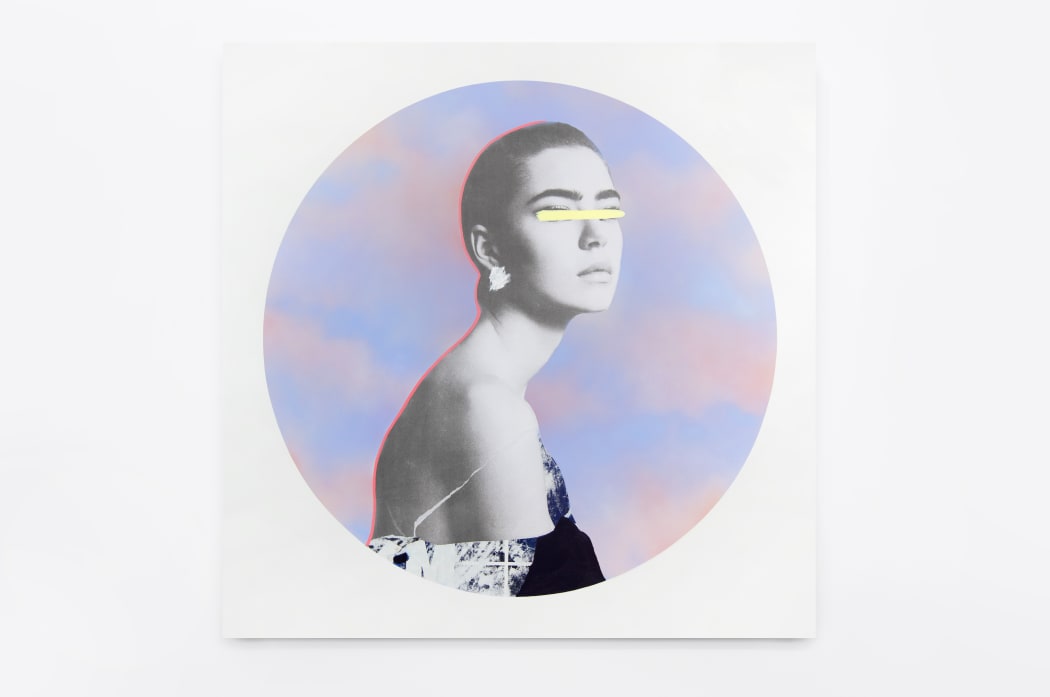 Javier Martin, The beginning and the end, 2021.
Javier Martin, The beginning and the end, 2021.At this stage of his 15-year process of creating the iconic Blindness collection, Javier Martin presents a continuation of this series: it’s about the appropriation of light, the struggle and contraposition of natural and artificial light. It's about the things that blind us, that make us unsee the reality and the truth. It's about advertising and the battle between the real and unreal.
-
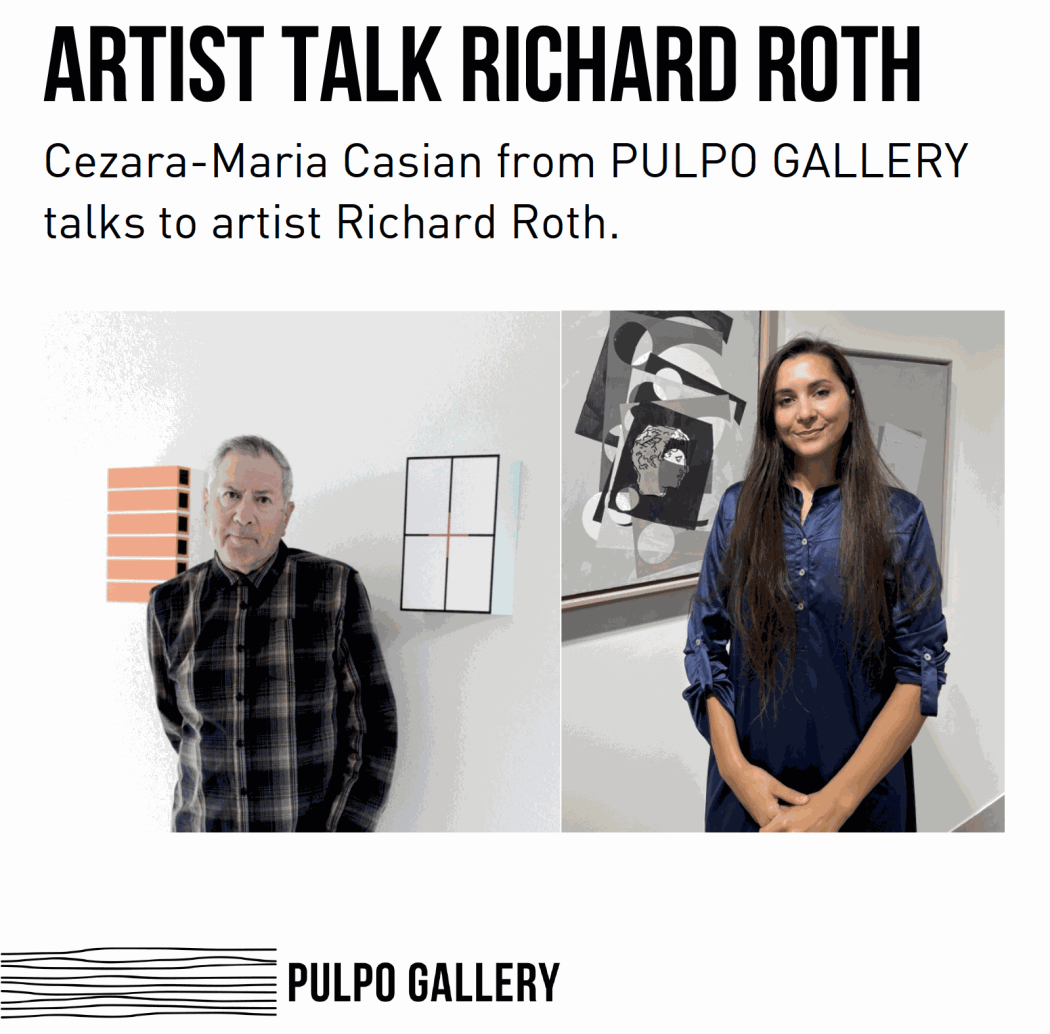
The artist Richard Roth talks about his 3D paintings, source of inspiration and the absence of formalism within his works.
-
 Judy Rifka - The Wall - Detail, 1981. Photo by Bryan Thatcher.
Judy Rifka - The Wall - Detail, 1981. Photo by Bryan Thatcher.These two works were created in the early 80s and are part of an installation called “The Wall”.
The installation was made up of separate elements. Each of these experimented with visual illusion or serve as a dictionary of the artist’s terms. Figurative motifs working in symbiosis with the formal subject.
-
 Judy Rifka - Animal Spirit , 1994. Photo by Bryan Thatcher.
Judy Rifka - Animal Spirit , 1994. Photo by Bryan Thatcher.These three works from 1994 are part of the “Animal Spirits”-Series and they reveal a certain reference to formalism. At a closer look the fact that there works aren’t an actual painting is revealed: there are collage-like pieces of linen that have been glued on linen, like painting that dispenses with actual painting.
-
 Judy Rifka - Modern Dance, 1984. Photo by Bryan Thatcher.
Judy Rifka - Modern Dance, 1984. Photo by Bryan Thatcher.As a contrast to the heavy use of acrylic paint and textile collages in numerous of Judy Rifka’s works, Debris Boys #2 and Modern Dance are two examples with thinly applied oil on linen. Rifka is going away from depicting her subjects with only thick, black lines. The outlines stay but in mixture with bright colors.
-
 Judy Rifka - Down Time, 1980. Photo by Bryan Thatcher.
Judy Rifka - Down Time, 1980. Photo by Bryan Thatcher.These paintings from the beginning of the 80s are like a fingerprint of a tumultuous time in New York and they are also skillful and incredible precise studies of perspective, spatial depth and of repetitive, dynamic Forms.
-
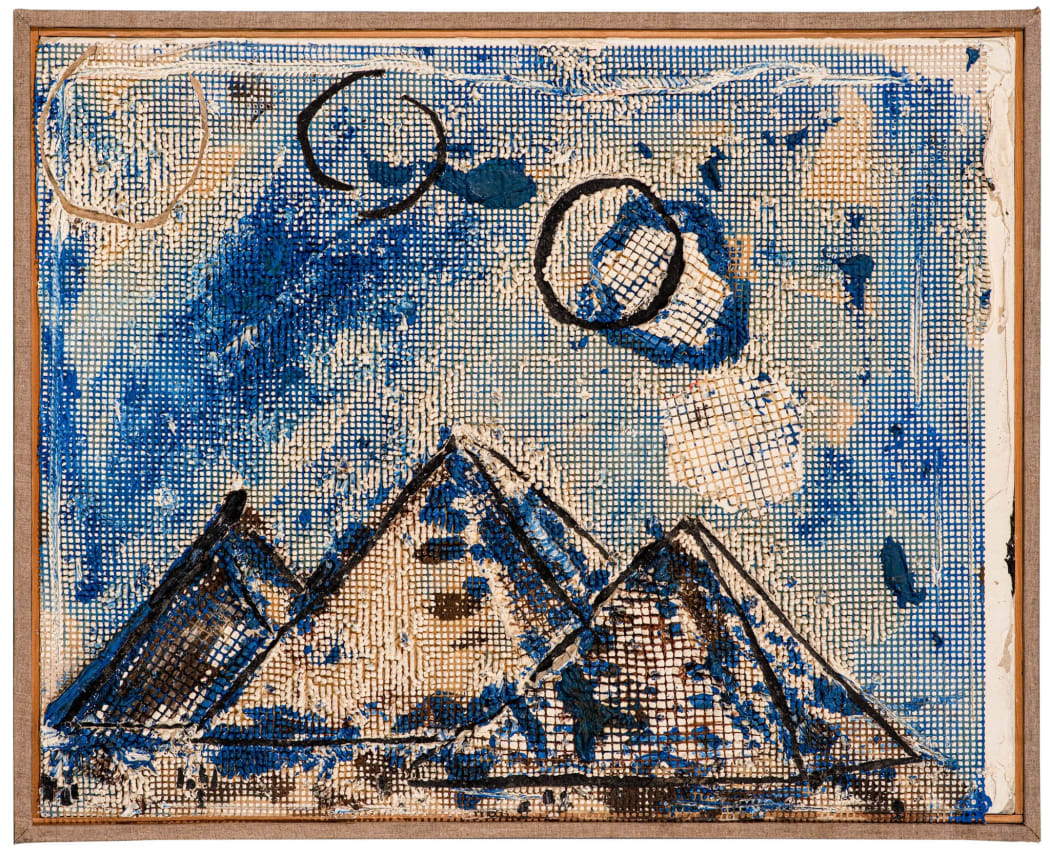 Judy Rifka - Pyramid 1, 1983. Photo by Bryan Thatcher.
Judy Rifka - Pyramid 1, 1983. Photo by Bryan Thatcher.Throughout the exhibition the diversity of Rifka’s works from different periods of her career mesmerizes the viewer. The final series shown in her retrospective stand in many regards for a unique artistic exploration.
The two works Pyramid 1 and Pyramid 2 from 1983 belong to the few paintings from Rifka’s oeuvre depicting a specific place. The thick outlines of the pyramids are set in front of a blue and white background. The colors themselves act like three dimensional elements of the work and are coming at the viewer upon a closer look.
-
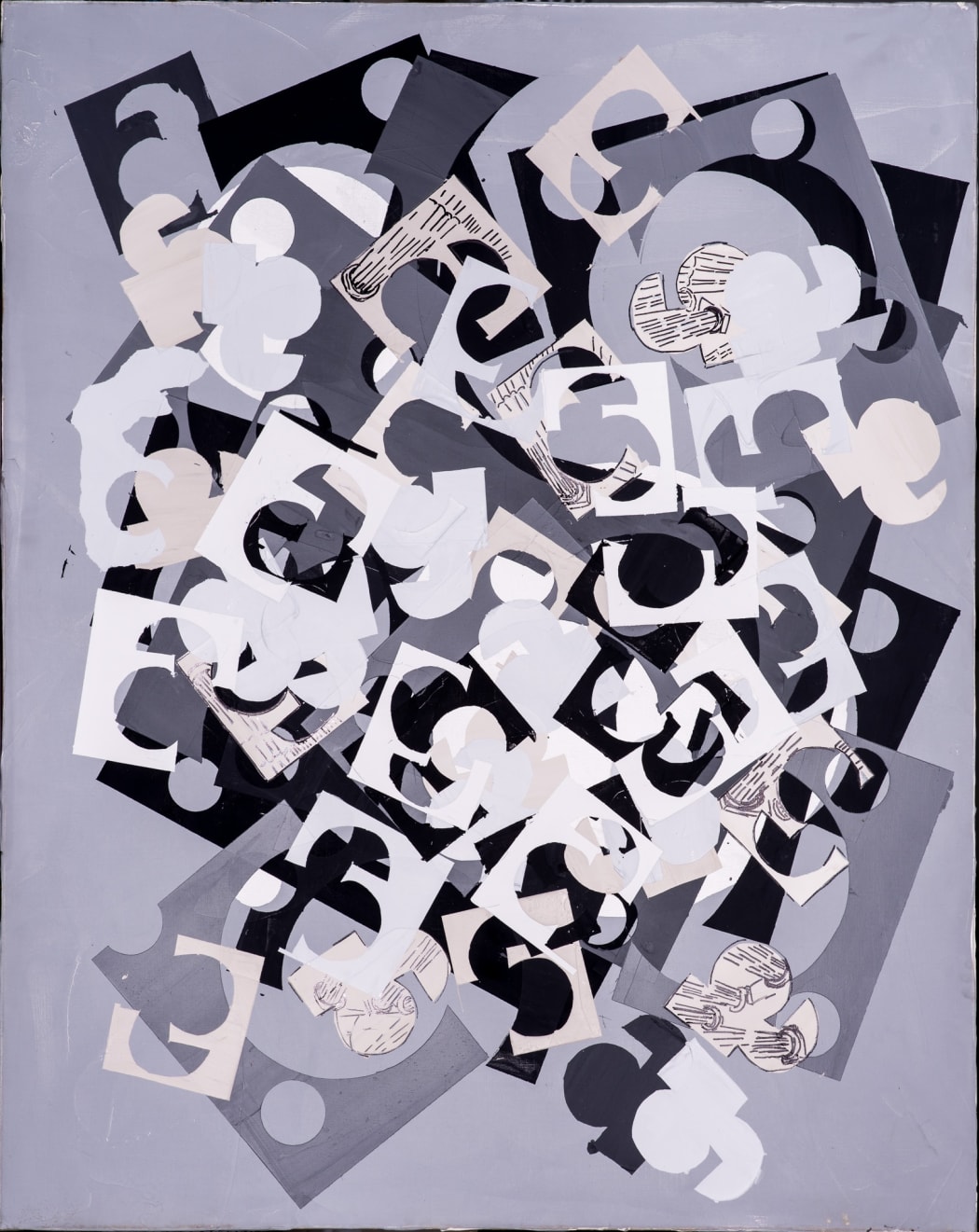 Judy Rifka - Wings and Columns (History of Sculpture), 1988. Photo by Bryan Thatcher.
Judy Rifka - Wings and Columns (History of Sculpture), 1988. Photo by Bryan Thatcher.In this series from the late 80's Judy Rifka enters a dialogue between the sculpture and the painting. The "History of Sculpture" - series presents us balanced, sharp-edged figures, which are not only pierced by circles, but they are also closed in neutral contrasts of black and gray tones.
The "Wings and Columns" work presents us an accumulation of repetitive shapes that alternately change their position and orientation.
-
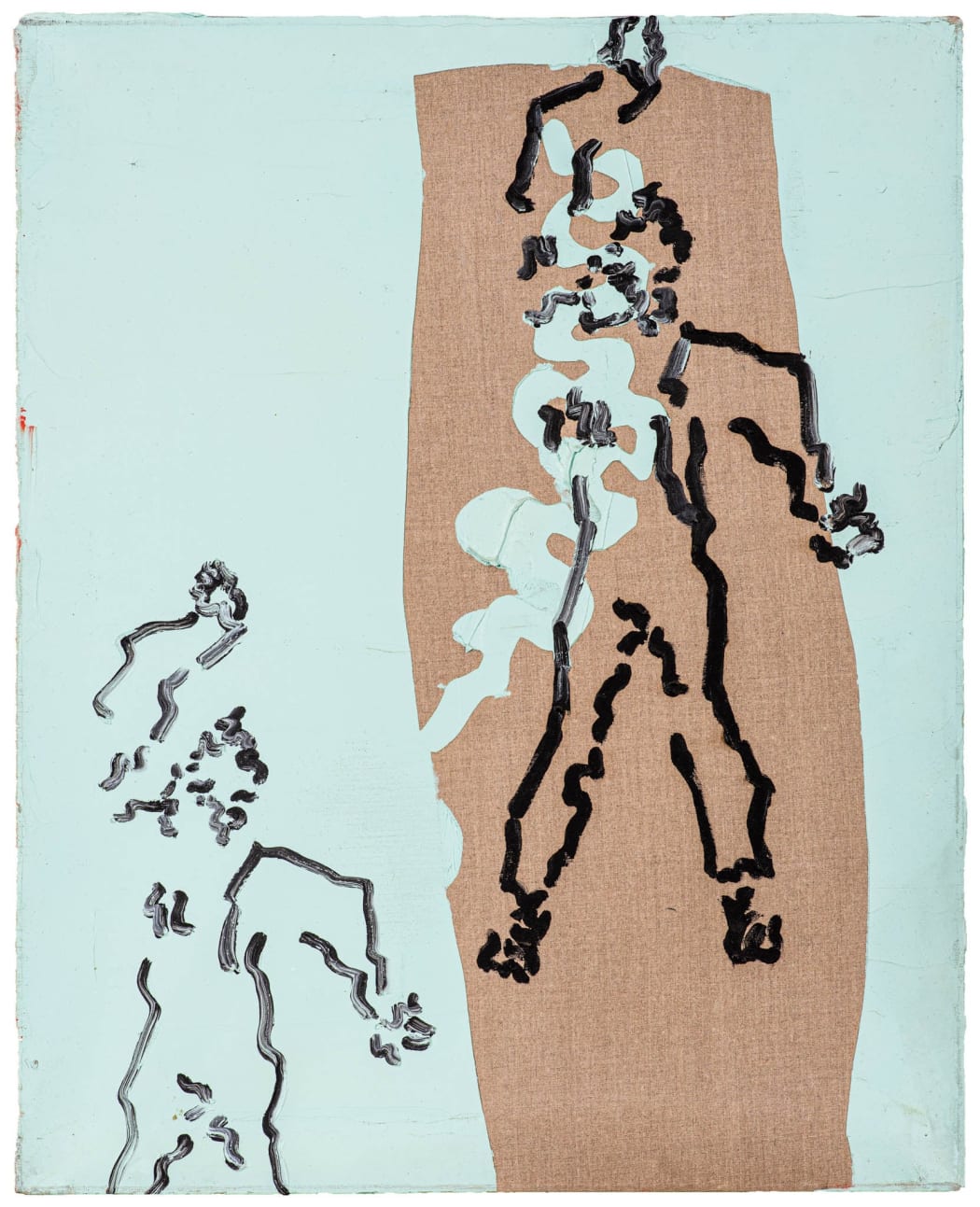 Judy Rifka - Marcel @ Xenon, 1982. Photo by Thomas Dashuber.
Judy Rifka - Marcel @ Xenon, 1982. Photo by Thomas Dashuber.Bright colors, thick, black lines and blurred moves - these three paintings by Judy Rifka immediately transfer us into the wild ‘80s. A decade filled with legendary art events, numerous artist collaborations and a booming party scene in New York.
-
 Judy Rifka - Single Shape - 3, 1974. Photo by Thomas Dashuber.
Judy Rifka - Single Shape - 3, 1974. Photo by Thomas Dashuber.Created in 1974, these two works illustrate the complexity of unconventional, strongly geometric forms and the choice of an unorthodox medium: a symbiosis between large-scale, monochrome figures and solid wooden panels. The results obtained may be a testament to Judy Rifka's years of studies in the field of space and form principles and the complex dialogue between the two-dimensionality of the surface and the three-dimensional form.
-
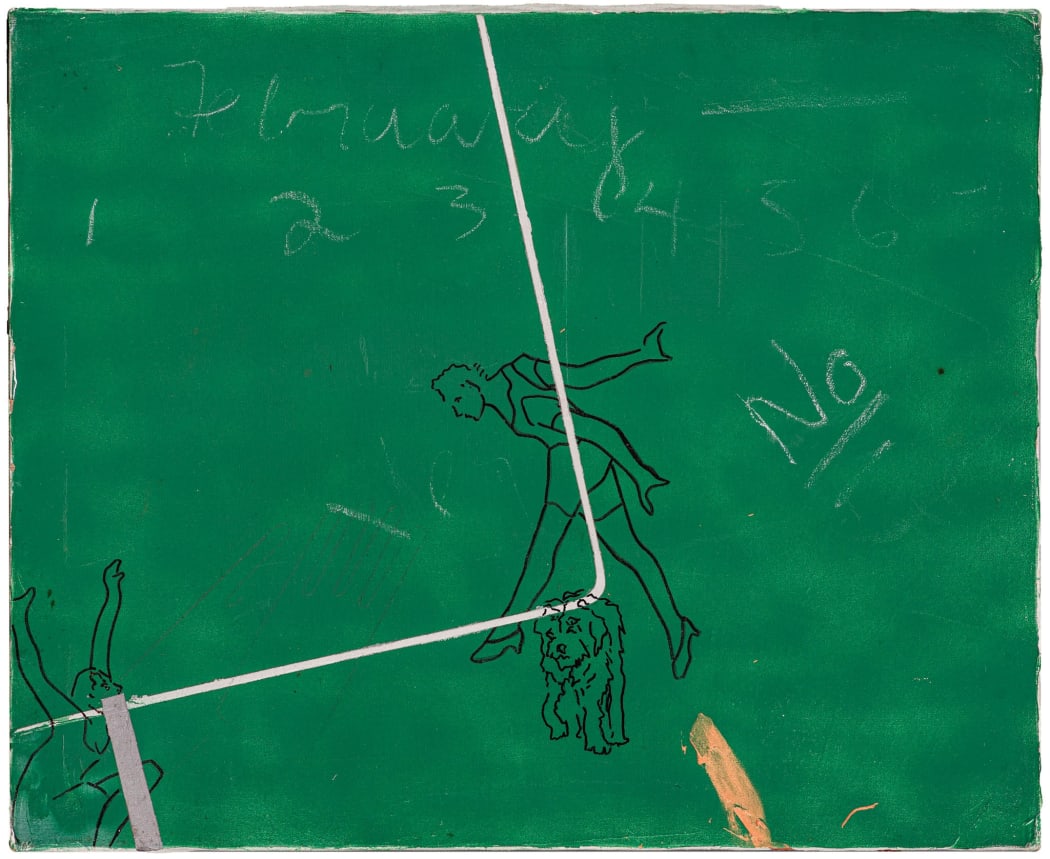 Judy Rifka - School Days, 1979. Photo by Thomas Dashuber.
Judy Rifka - School Days, 1979. Photo by Thomas Dashuber.In this series from 1979, Judy Rifka explores the possibilities offered by surface and perspective within an image and a given medium. The work "School Days" possibly depicts the surface of a green school chalkboard - with fine brushstrokes that can perfectly imitate the texture of chalk, she writes "February", "123456", "NO". The female figures, as if suddenly awakened to life, begin to move forward in fluid, dynamic, progressive yet tempered movements - a sketched dog is depicted next to her.
-
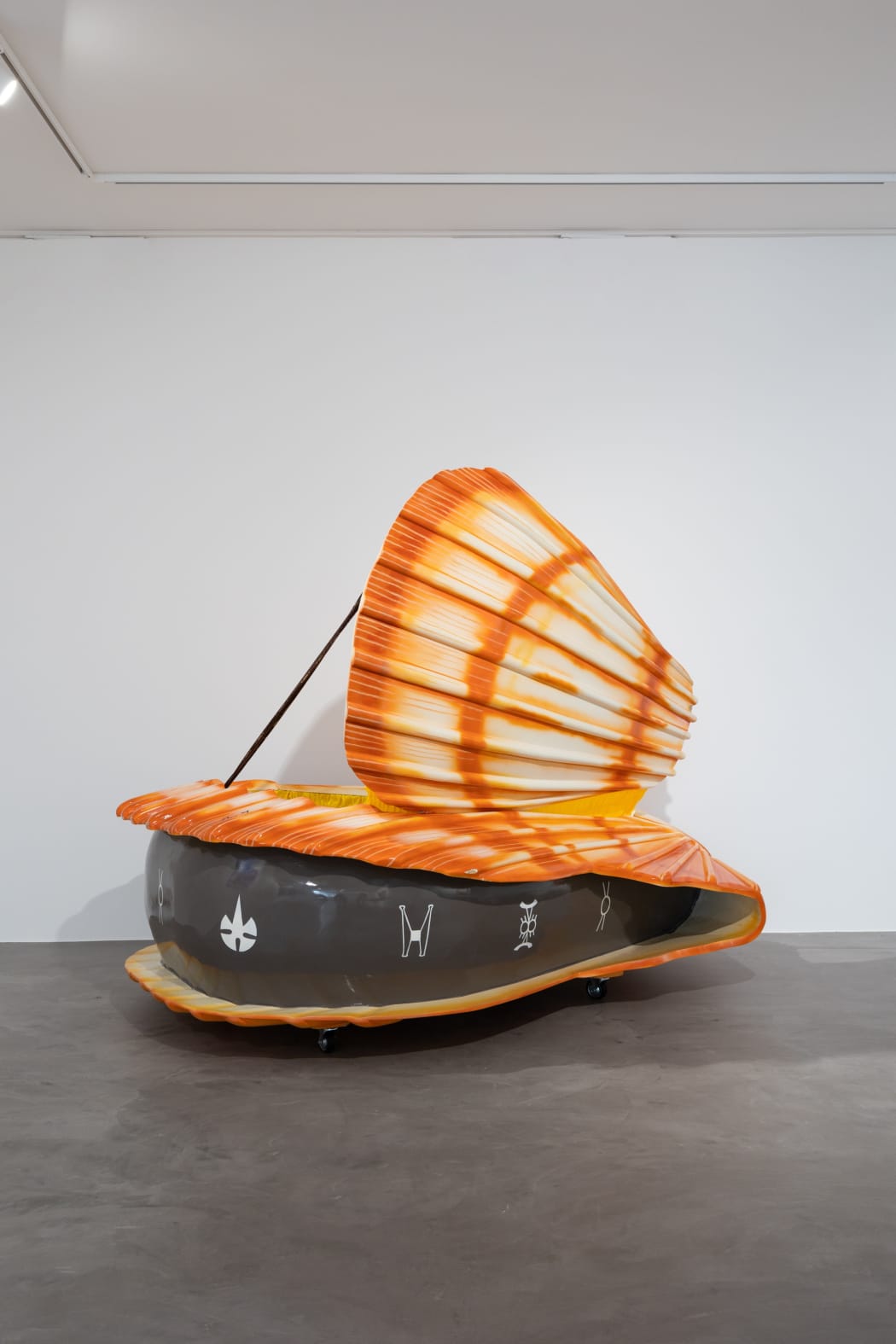 Paa Joe - Sea Shell, 2018. Photo by Thomas Dashuber.
Paa Joe - Sea Shell, 2018. Photo by Thomas Dashuber.The Ghanaian coffin artist Paa Joe is known for his artistic, oversized, quaintly painted and almost architecturally double-layered works, which always depict figurative elements.
-
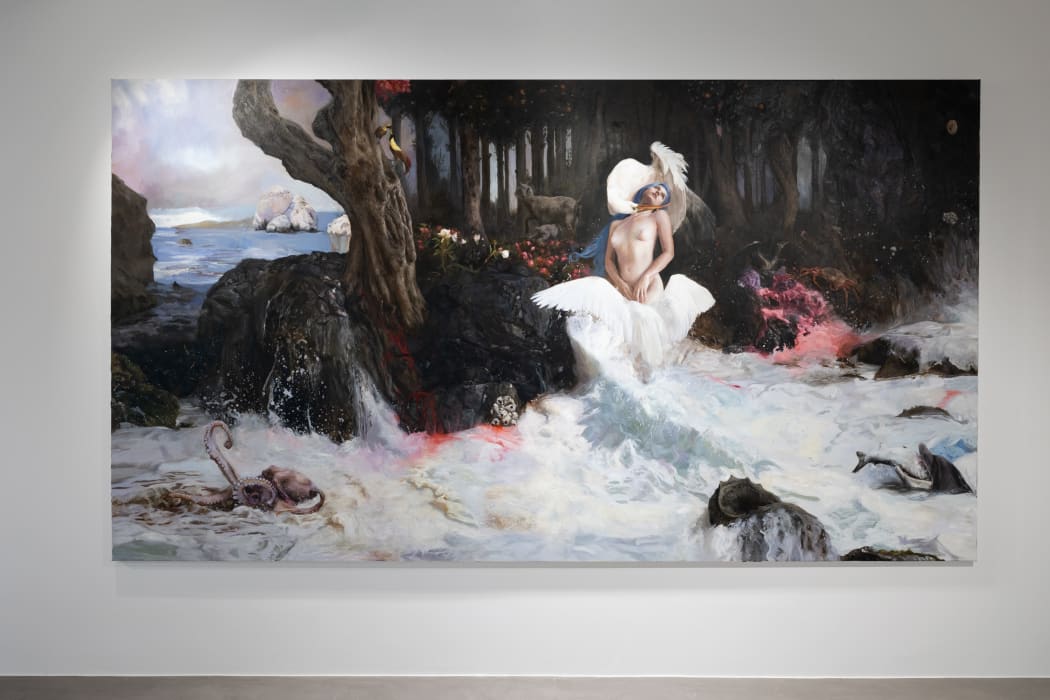 Guillermo Lorca - EL NACIMIENTO DE VENUS, 2021. Photo by Thomas Dashuber.
Guillermo Lorca - EL NACIMIENTO DE VENUS, 2021. Photo by Thomas Dashuber.Guillermo Lorca’s large work is filled with numerous living characters and a nude female figure arising in the middle.
-
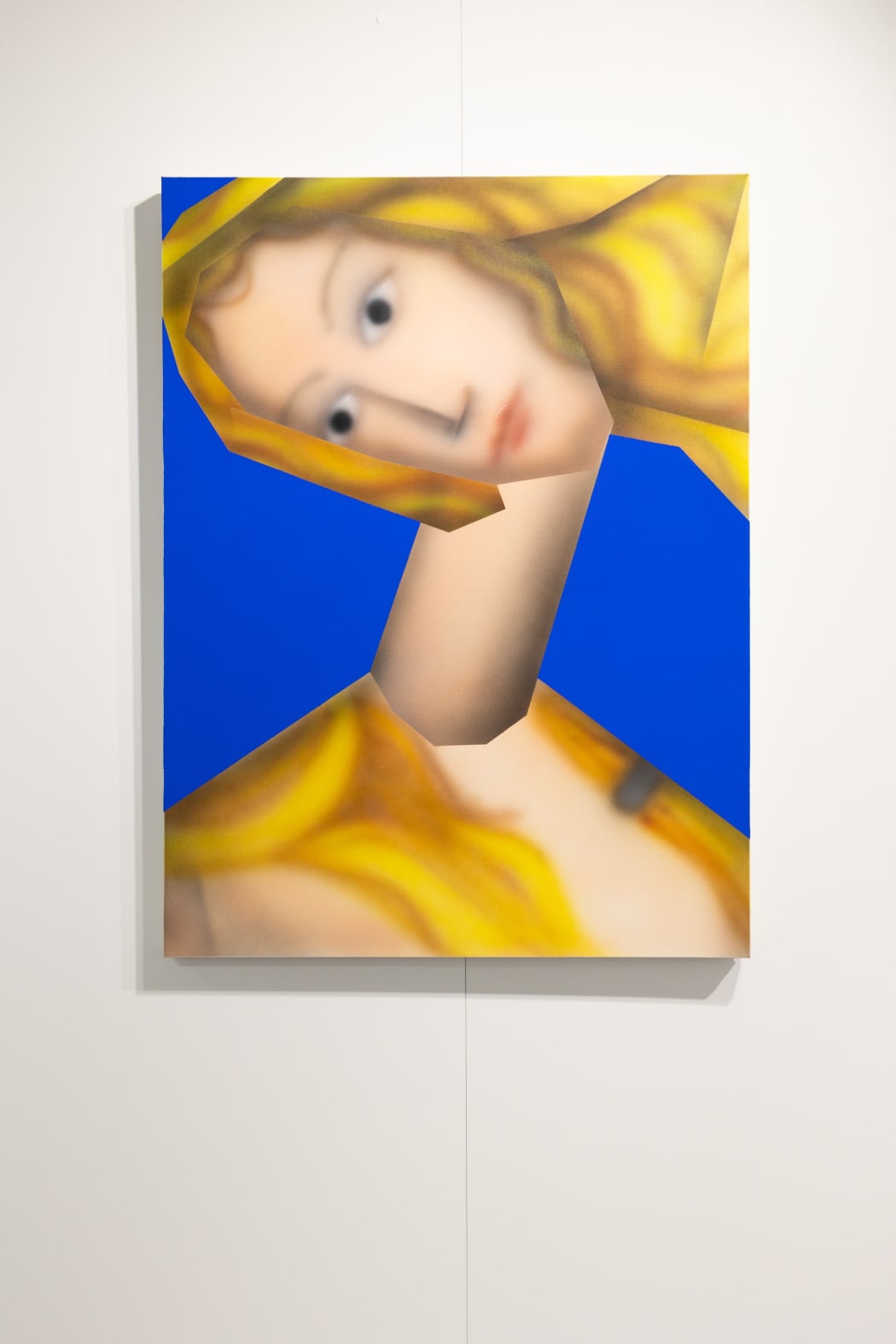 Gas Hang - Absolutely Elegant, 2020. Photo by Thomas Dashuber.
Gas Hang - Absolutely Elegant, 2020. Photo by Thomas Dashuber.Bright neon colors and big eyes - The Houston-based artist Gao Hang captures a contemporary Venus depiction in his painting Absolutely elegant.
-
 Sophie Vallance - Grumpy Venus, 2021. Photo by Thomas Dashuber.
Sophie Vallance - Grumpy Venus, 2021. Photo by Thomas Dashuber.In the search for a contemporary Venus, we can hardly get past the bad-tempered version of Sophie Vallance, painted in 2021.
-
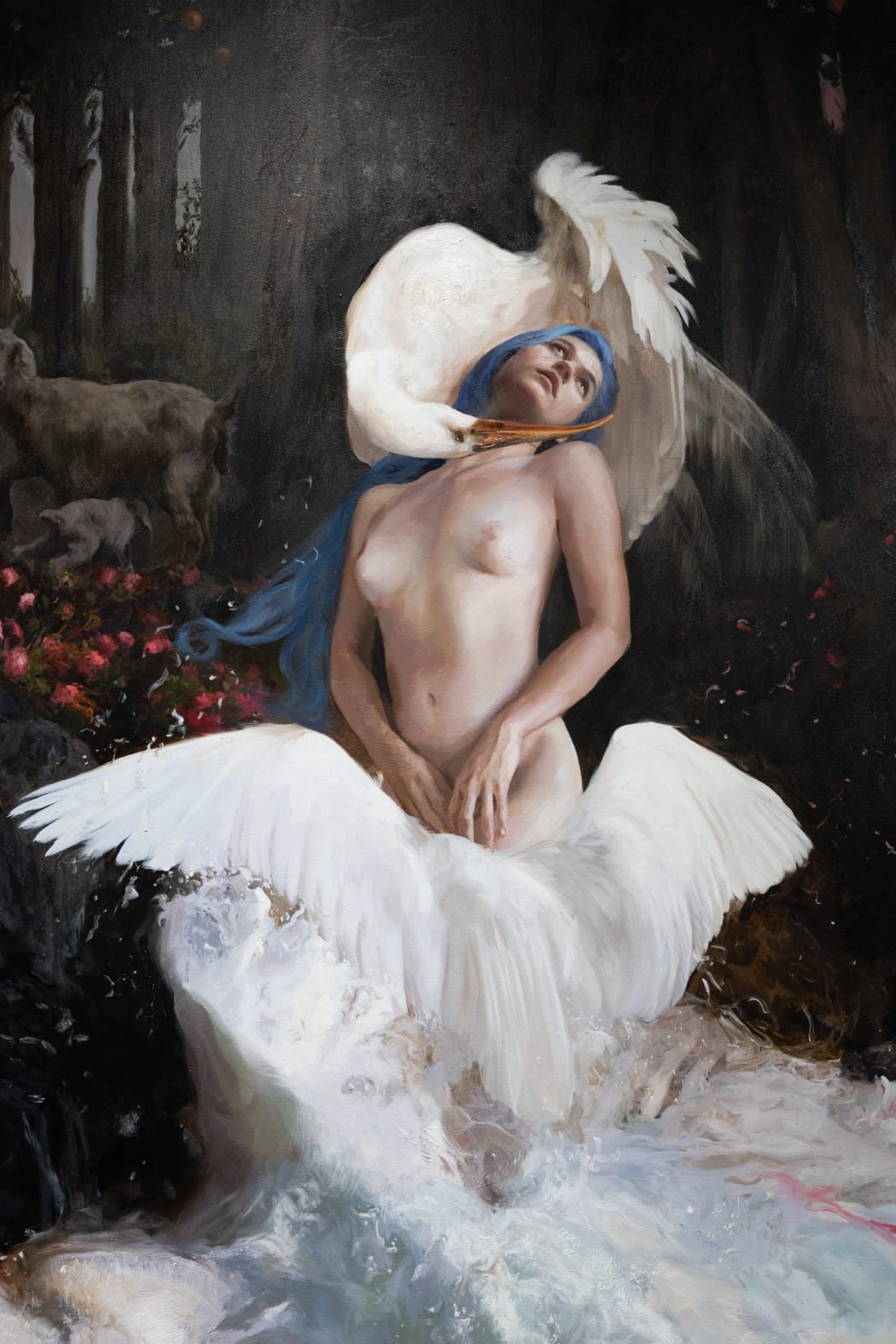 Guillermo Lorca - El Nacimiento De Venus, 2020 (Detail)
Guillermo Lorca - El Nacimiento De Venus, 2020 (Detail)This exhibition seeks to rediscover Venus: ideological and contemporary. As the title suggests, this show aims to encourage a philosophical discussion: is it possible to talk of a rebirth of Venus?
-
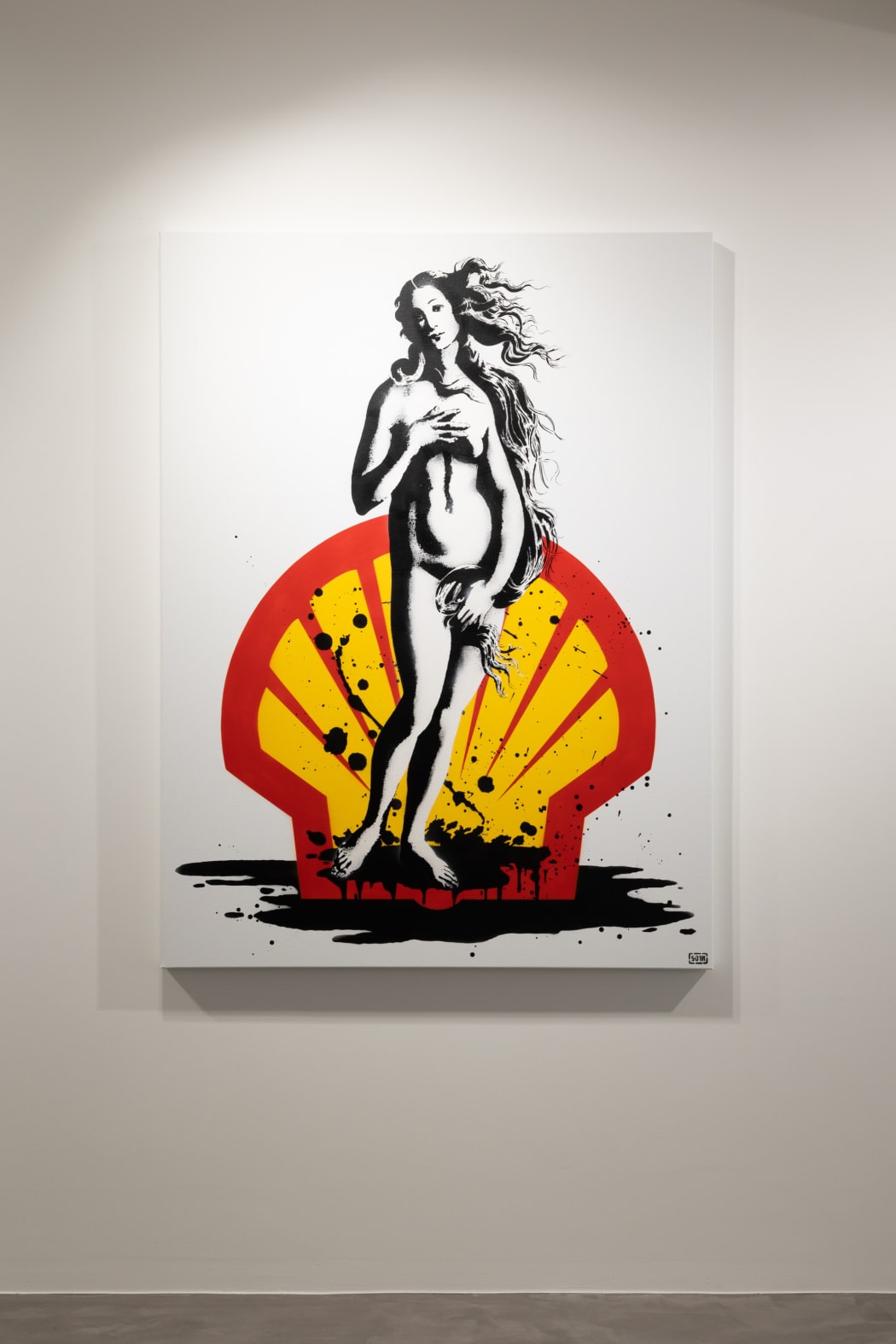 Goin - Hell from the shell. Photo by Thomas Dashuber
Goin - Hell from the shell. Photo by Thomas DashuberTwo elements of this work are clearly recognizable: the Shell-logo and a detailed Botticelli Venus. We may be dealing with a subtle irony and probably with a political-critical confrontation.
-
 Jake Wood-Evans - Long after the Birth of Venus (2020). Photo by Thomas Dashuber
Jake Wood-Evans - Long after the Birth of Venus (2020). Photo by Thomas DashuberIn this 172cm x 278cm long oil painting the British artist Jake Wood-Evans gives us a glimpse of a long-forgotten Venus. As if illuminated by a reflector, a Botticelli-Venus silhouette reveals itself, which is encased in soft, cold shades of blue.
-
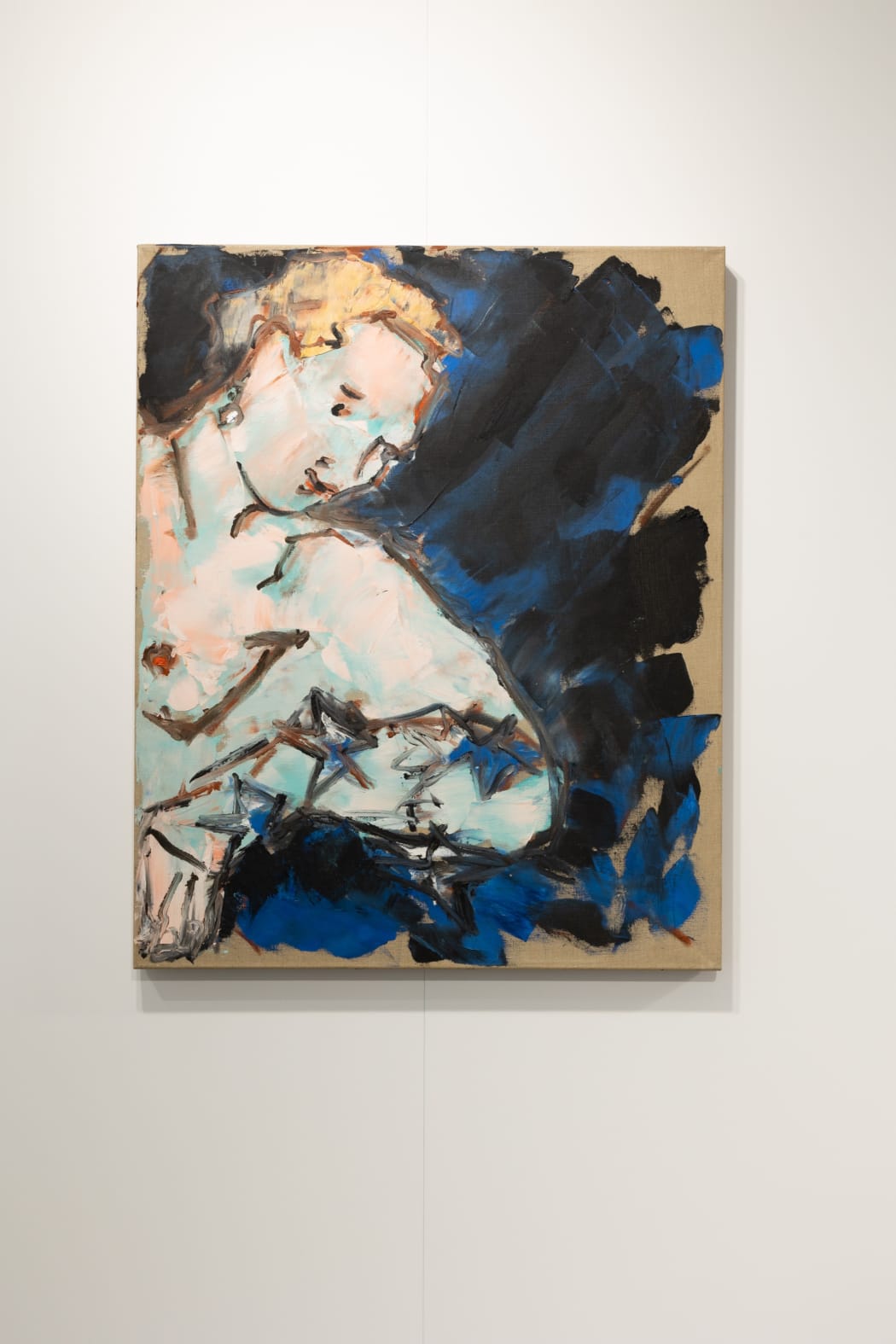 Judy Rifka - Venus with stars, 1984. Photo by Thomas Dashuber.
Judy Rifka - Venus with stars, 1984. Photo by Thomas Dashuber.In this oil painting from 1984, the American artist Judy Rifka presents us with a fairly human Venus - it is a strongly diagonal close-up of her. In a gingerly movement, Venus shows us the intense contoured blue-white stars that rest on her left forearm - analogous to a mother with a child in her arm that has just been breastfed, she holds the stars and looks upon them lovingly.
-
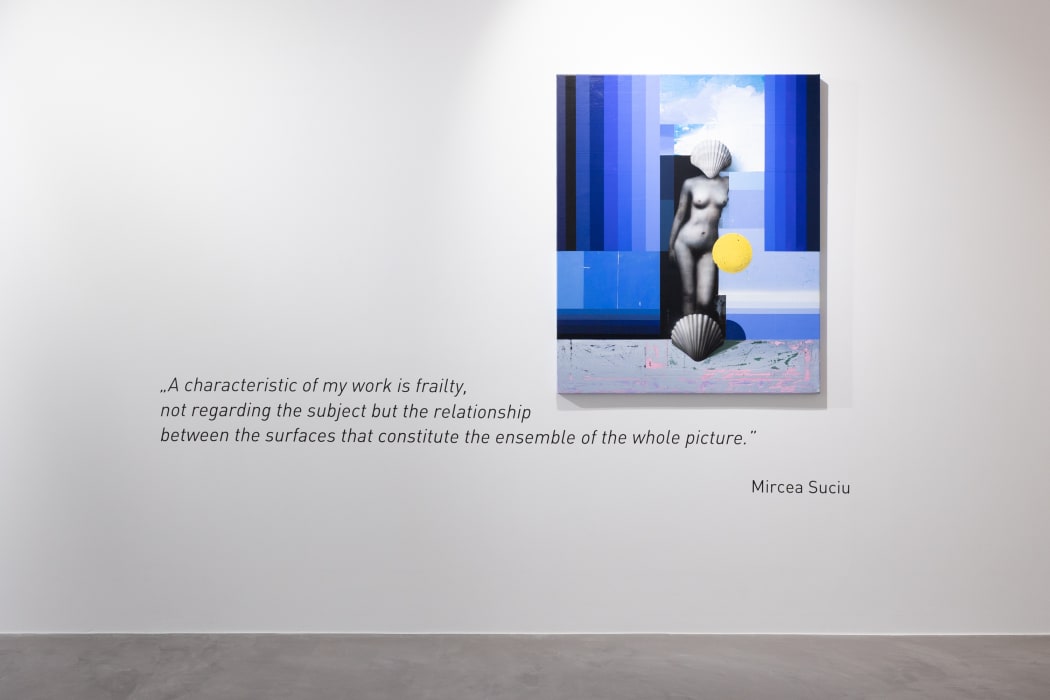 Mircea Suciu - Venus. Photo by Thomas Dashuber.
Mircea Suciu - Venus. Photo by Thomas Dashuber.The ability to integrate photography and painting in an outstanding symbiosis can be considered Suciu’s signature. In this tableau, the discrepancy between hues, gray tones and abrupt contrastive changes is presented us as a highly pleasant visual harmony.
-
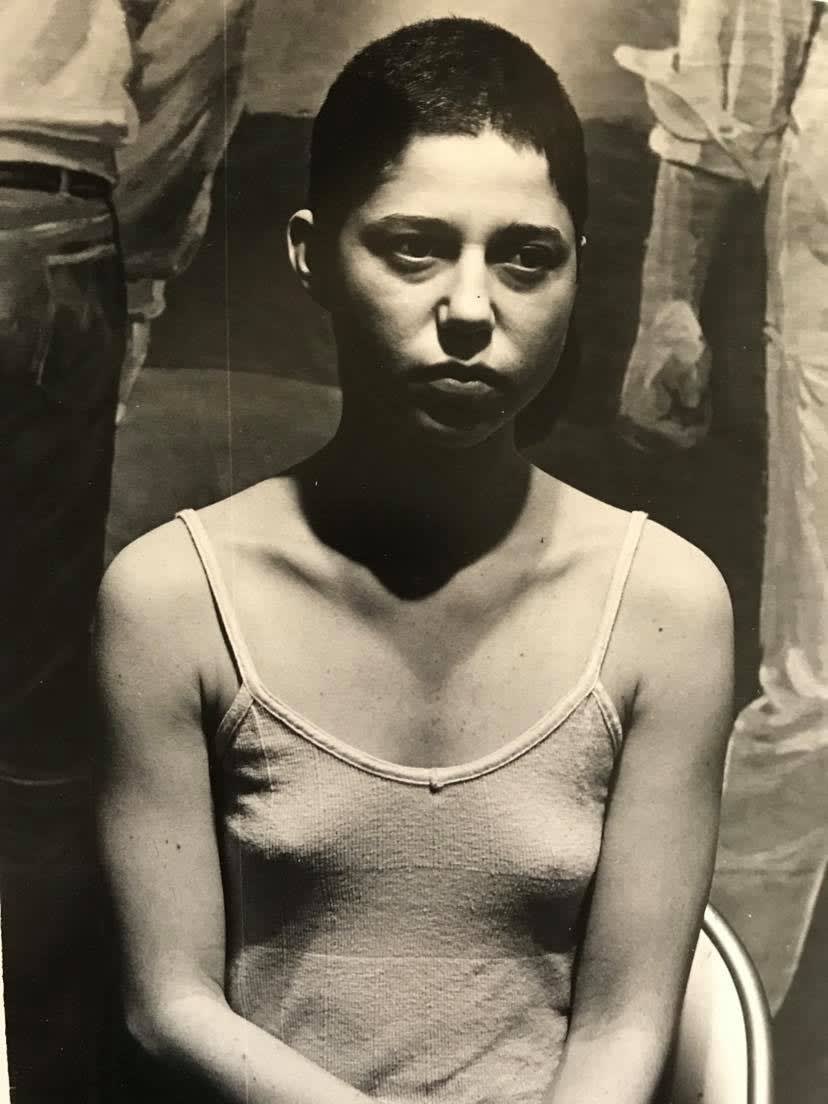 Judy Rifka by Willard Midgette
Judy Rifka by Willard MidgetteJudy and us exchange emails quite frequently. On many occasions she shared photos with us that blew us away. So we asked her to give us a virtual tour through her albums that we wanted to share:
-
Rulton Fyder: Capturing the Current Zeitgeist
an Introduction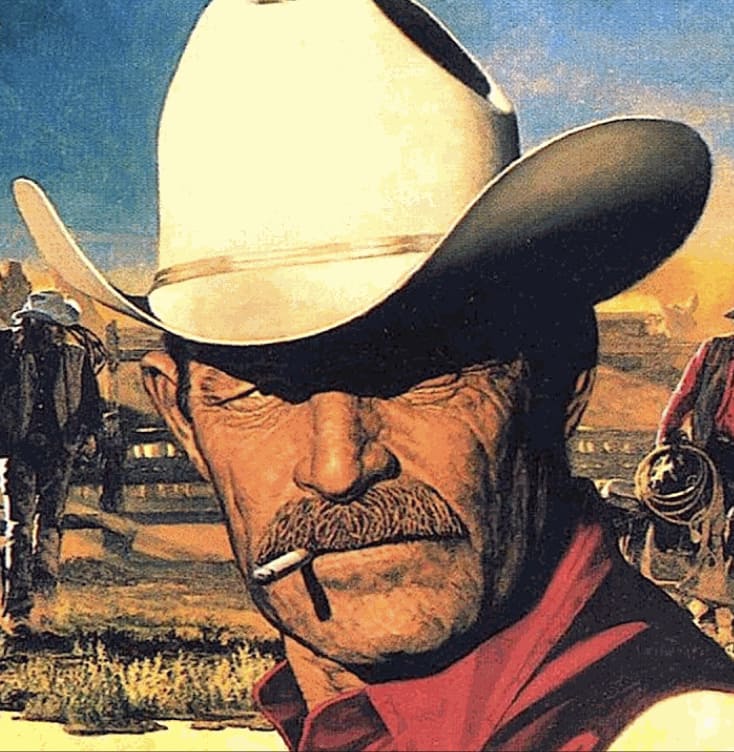 Rulton Fyder is an anonymous conceptual artist from Red Lodge Montana.Since his first post on Instagram on February 26th, his works have caused quite a commotion in both the traditional and "new" art worlds. He manages to bridge the gap between these two worlds like no other and notes:
Rulton Fyder is an anonymous conceptual artist from Red Lodge Montana.Since his first post on Instagram on February 26th, his works have caused quite a commotion in both the traditional and "new" art worlds. He manages to bridge the gap between these two worlds like no other and notes:When there's informational discrepancy between the two worlds, there is time for phenomenal art to happen that will capture the time and emotion of the present.
-
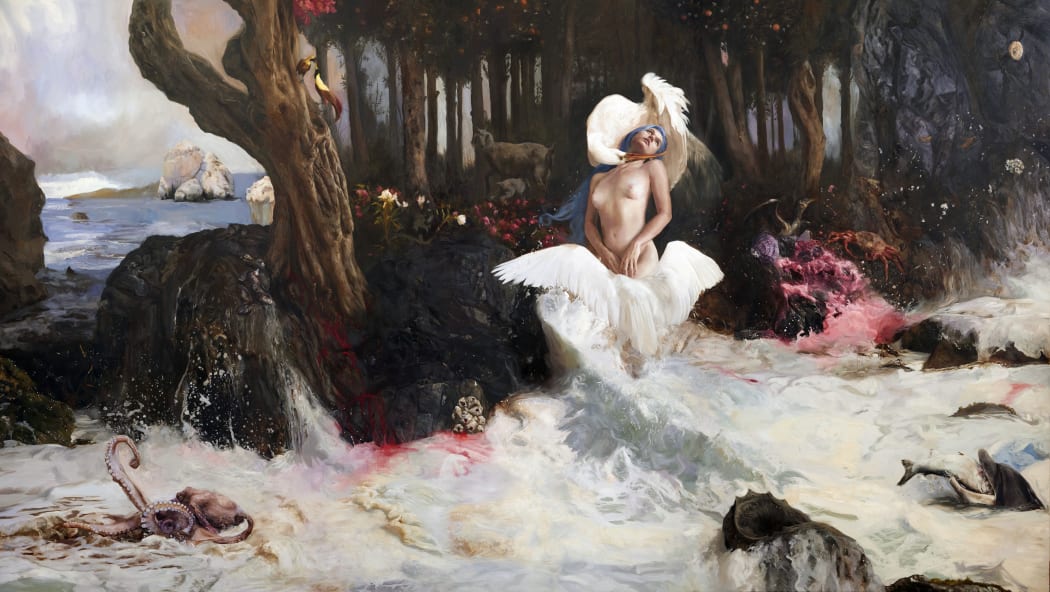 Studying the sources on the birth of Venus and its pictorial iconography, I decided to represent the very birth of the goddess in relation to its origin, which is the castration of Uranus and which is generally omitted in pictorial interpretations.
Studying the sources on the birth of Venus and its pictorial iconography, I decided to represent the very birth of the goddess in relation to its origin, which is the castration of Uranus and which is generally omitted in pictorial interpretations.
I wanted the sea foam (sperm of Uranus) to be a leading element as well as the blood that emerged from their genitals (symbolized in the tree with the rocks). From this mixture comes the Venus that is received by the goddesses "Horae”. -
Oral history interview with Rulton Fyder
An interview of Rulton Fyder conducted on March 13, 2021, by Emily Cobel, for the Archives of NFT ArtForum.
An interview of Rulton Fyder conducted on Mar 13, 2021, by Emily Cobel, for the Archives of NFT ArtForum.
Biographical/Historical Note
Rulton Fyder is a multi-media artist in Red Lodge Montana and New York, N.Y. Emily Cobel is an art critic from Los Angeles, California.
Provenance
This interview is part of the Archives of Contemporary NFT Art Oral History Program, started in 2021 to document the history of the NFT arts worldwide, primarily through interviews with artists, historians, dealers, critics and administrators.
Preface
The following oral history transcript is the result of a tape-recorded interview with Rulton Fyder on March 13, 2021.
Emily Cobel has reviewed the transcript and have made corrections and emendations. The reader should bear in mind that he or she is reading a transcript of spoken, rather than written, prose.
-
John Baldessari
I will not make any more boring art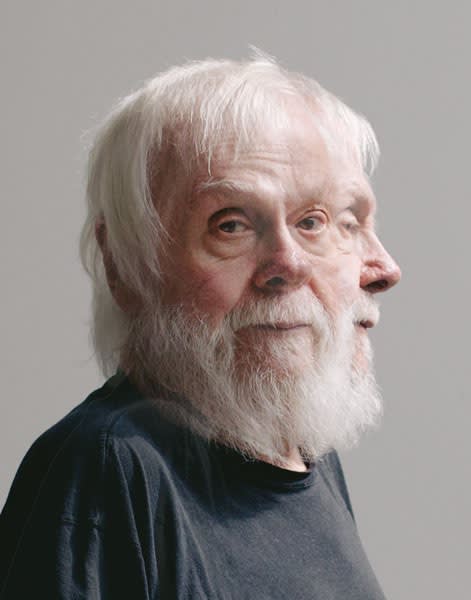 courtesy of The Estate of John Baldessari
courtesy of The Estate of John BaldessariThe new decade was off to a sad start with the great American conceptual artist John Anthony Baldessari passing away on January 2, 2020. We want to commemorate him and review his amazing artistic life.
-
Most Popular Art World Instagram Accounts
Is Urban Art the next big thing? Banksy - Girl and Balloon
Banksy - Girl and BalloonLunch brought about an interesting discussion today. Who are the art world's most popular instagram accounts? Surely Google would have an answer to that. Turns out it doesn't.
So we went to work and compile a list of 18 accounts that top 1m followers along with 2 accounts that barely missed the cut:
